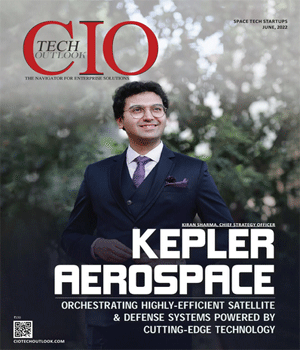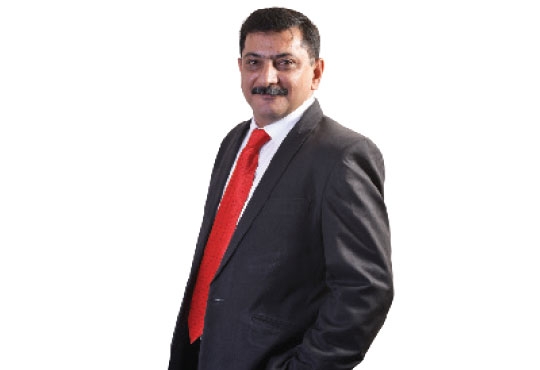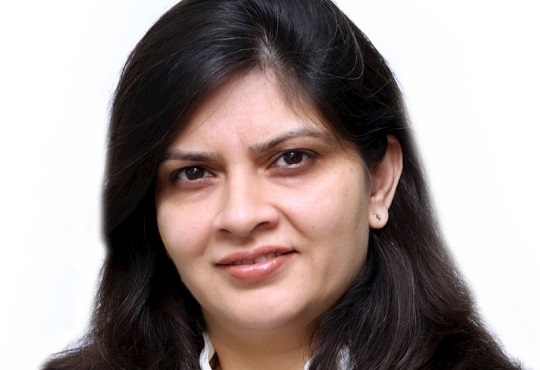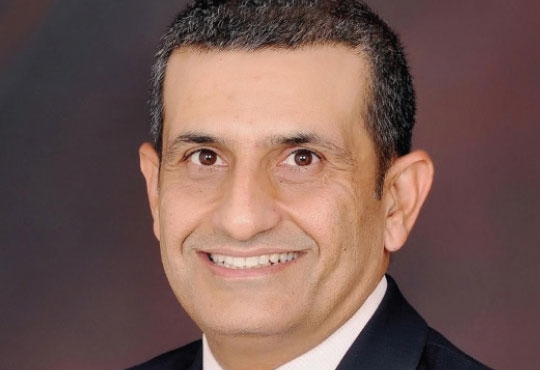Pioneering Indian Space Tech: Pragyan Rover Touches Down on Lunar Surface
CIOTechOutlook Team | Thursday, 24 August 2023, 04:37 IST
 The Ch-3 Rover ramped down from the Lander and India took a walk on the moon, according to a statement from the Indian Space Research Organisation on August 24 morning.
The Ch-3 Rover ramped down from the Lander and India took a walk on the moon, according to a statement from the Indian Space Research Organisation on August 24 morning.
In the night between August 23 and August 24, Pragyan might have made contact with the surface. But it wasn't until the morning of August 24 that President Droupadi Murmu congratulated ISRO on Pragyan's successful deployment via X (previously Twitter).
"I once again congratulate the ISRO team and all fellow citizens for successful deployment of Pragyan-rover from inside Vikram-lander. Its rolling out a few hours after the landing of Vikram marked the success of yet another stage of Chandrayan 3," the President said.
"I look forward with excitement, alongside my fellow citizens and scientists to the information and analyses that Pragyan will acquire and enrich our understanding of the moon," she added.
At 6:03 PM on August 23, the Vikram lander from Chandrayaan-3 made contact with the lunar surface. After that, according to reports, ISRO had to wait for the area around the landing place's dust to eventually settle before moving on to the mission's subsequent phases.
The ramp that would later allow the rover to descend to the lunar surface was then deployed around the end of August 23's evening. According to sources, Nilesh Desai, Director of Space Applications Centre, stated that the Pragyan rover started rolling down at around 9.30 p.m.
While addressing the press on August 23 post Chandrayaan-3's landing, ISRO chairman S Somanath had said, "Once the Pragyan rover comes out there will be two important experiments. And both of them are linked with the elemental composition of the surface of the moon.
"First experiment will be using a laser beam. We will send a laser beam from the rover on the material, which will generate spectroscopic information which will identify elements there," Somanath said.
"Another experiment is related to an alpha particle, which will be emitted by radioactive materials there, and that will generate certain X-RAY fluoroscence on the surface, and that will be measured to find out chemical composition," he added.
CIO Viewpoint
Leveraging Digitalization to Deliver Seamless...
By Abhrasnata Das
Digitalization of Aviation will Continue to Evolve
By Janifha Evangeline
StreamlineTechnologies to Build a Transparent...
By Rishi Sareen, Vice President-IT, Ecom Express
CXO Insights
Streamlining Global Aviation: The Role of IT...
By Sourav Sinha, CIO, Beond
Enhancing the Operational Efficiency in...
By Aarti Singh, Director IT & DA Center & CIO, Boeing India
A New World Order is Taking Shape




.jpg)
.jpg)
.jpg)



